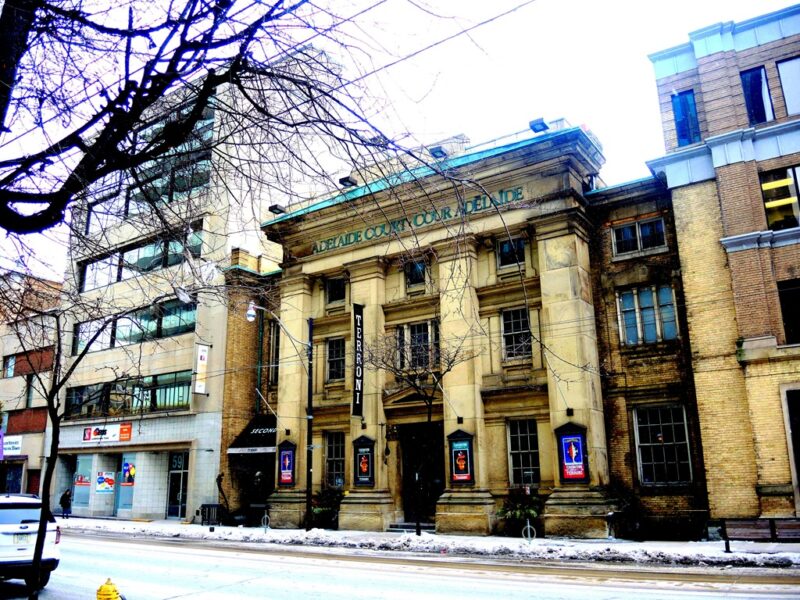Paradise Theatre c. 1946. Ontario Archives
During the summer of 2014, in my quest to locate and photograph Toronto’s old local theatres, none of the discoveries surprised and pleased me more than the sight of the Paradise Theatre. Located at 1008 Bloor Street West, it is on the northwest corner of Bloor and Westmoreland Avenue. However, I must admit that my pleasure slowly became tinged with a hint of sadness, as its impressive marquee was blank, devoid of the names of films, and the spaces where posters had once advertised films were empty or contained faded posters. One of the spaces had graffiti defacing it. The theatre was akin to a grand old lady whose glory days had vanished and was now a relic from the past.
Despite these thoughts, I must confess I was gladdened by the realization that at least the theatre had survived, and despite the passing of the many decades since it opened, its façade of glazed bricks still sparkled in the afternoon sun. Its marquee may have been empty, but it was well preserved and as attractive as when it was first installed. In my opinion, the Paradise is an architectural gem.
The site where it exists has a long history in the story of Toronto’s local theatres. The first theatre built on this site at 1008 Bloor Street was named the Kitchener. It opened its doors to screen silent movies in 1909, in the days prior to the First World War. The cost of constructing the theatre was $3000. To build the Paradise, the old Kitchener Theatre was gutted, very little of it being retained.
The present-day cinema opened in 1937, designed by the Lithuanian-born Benjamin Brown, one of the city’s famous architects. He had previously created the Reading Building in 1925, the Tower Building in 1927, and Balfour Building in 1930, all located on Spadina Avenue. Brown also was the architect of the infamous Victory Theatre. Benjamin Brown chose the Art Deco style for the Paradise Theatre. The tall rectangular windows on the second floor and the narrow rows of raised bricks create the impression of extra height. Its cornice is relatively unadorned, with a raised centre section in the central position, typical of many Art Deco buildings. When it opened in 1937, its auditorium contained a small stage, with dressing rooms to accommodate actors when live performances were offered. It was an intimate theatre, containing a small lobby and less than 500 seats in its auditorium, including the balcony.
The theatre changed ownership several times during the decades ahead, but except for a period in the 1980s, when it screened soft porno and was named Eve’s Paradise, it always retained its original name. It screened Italian films in the 1960s. In the 1990s it was a repertoire theatre, part of the Festival chain.
By the early years of the 21st century, it had become somewhat shabby, its projectors having insufficient power to properly illuminate the film-prints, and the sound system was in poor shape. It closed in 2006, but in 2007 was listed as a Heritage Property. Unfortunately, because the laws are very lax, this did not ensure that it would not be demolished.
However, this story has a happy ending. The Paradise Theatre was purchased by Moray Tawse, who plans to restore it to its original glory. It will become an arts centre and community theatre, a true addition to Toronto’s cultural scene.
To view plans for the redevelopment of the Paradise Theatre, google: www.insidetoronto.com
Undated photo of the auditorium of the Paradise. Photo from Ontario Archives.
Lobby of the Paradise. Photo from the Ontario Archives.
View of the Paradise on the northwest coroner of Bloor and Westmoreland during the summer of 2014.
Marquee and the sign of the Paradise.
Brick designs on the facade of the theatre.
The lobby and entrance door to the auditorium of the Paradise in 2014.
Gazing west along the busy section of Bloor Street West, where the Paradise is located.
To view the Home Page for this blog: https://tayloronhistory.com/
For more information about the topics explored on this blog:
https://tayloronhistory.com/2016/03/02/tayloronhistory-comcheck-it-out/
Books by the Blog’s Author
“ Lost Toronto”—employing detailed archival photographs, this recaptures the city’s lost theatres, sporting venues, bars, restaurants and shops. This richly illustrated book brings some of Toronto’s most remarkable buildings and much-loved venues back to life. From the loss of John Strachan’s Bishop’s Palace in 1890 to the scrapping of the S. S. Cayuga in 1960 and the closure of the HMV Superstore in 2017, these pages cover more than 150 years of the city’s built heritage to reveal a Toronto that once was.
“Toronto’s Theatres and the Golden Age of the Silver Screen,” explores 50 of Toronto’s old theatres and contains over 80 archival photographs of the facades, marquees and interiors of the theatres. It relates anecdotes and stories by the author and others who experienced these grand old movie houses. To place an order for this book, published by History Press:
Book also available in most book stores such as Chapter/Indigo, the Bell Lightbox and AGO Book Shop. It can also be ordered by phoning University of Toronto Press, Distribution: 416-667-7791 (ISBN 978.1.62619.450.2)
“Toronto’s Movie Theatres of Yesteryear—Brought Back to Thrill You Again” explores 81 theatres. It contains over 125 archival photographs, with interesting anecdotes about these grand old theatres and their fascinating histories. Note: an article on this book was published in Toronto Life Magazine, October 2016 issue.
For a link to the article published by |Toronto Life Magazine: torontolife.com/…/photos-old-cinemas-doug–taylor–toronto-local-movie-theatres-of-y…
The book is available at local book stores throughout Toronto or for a link to order this book: https://www.dundurn.com/books/Torontos-Local-Movie-Theatres-Yesteryear
“Toronto Then and Now,” published by Pavilion Press (London, England) explores 75 of the city’s heritage sites. It contains archival and modern photos that allow readers to compare scenes and discover how they have changed over the decades. Note: a review of this book was published in Spacing Magazine, October 2016. For a link to this review:
spacing.ca/toronto/2016/09/02/reading-list-toronto-then-and-now/
For further information on ordering this book, follow the link to Amazon.com here or contact the publisher directly by the link below:
http://www.ipgbook.com/toronto–then-and-now—products-9781910904077.php?page_id=21
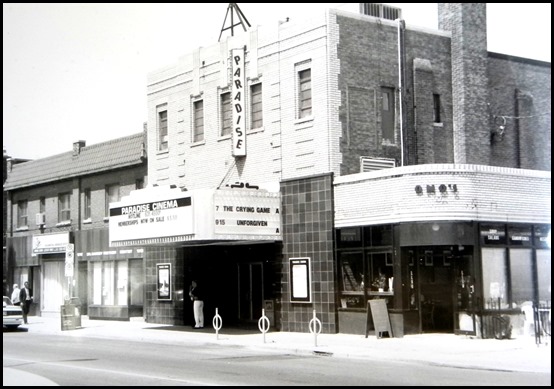
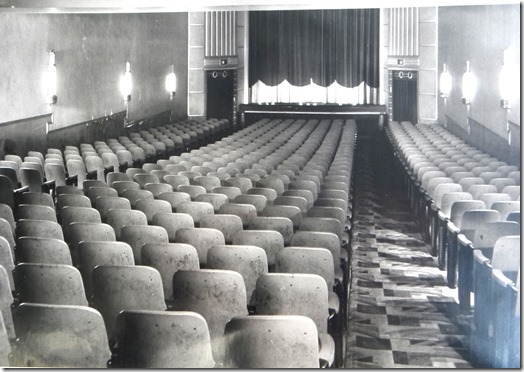
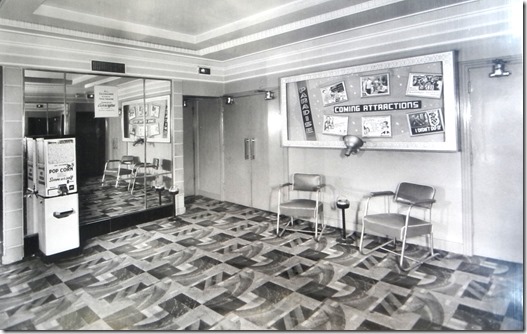
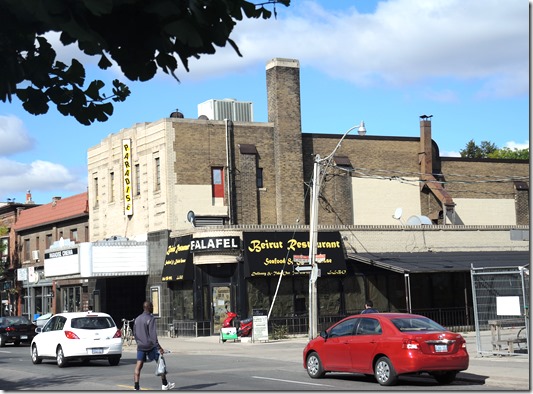
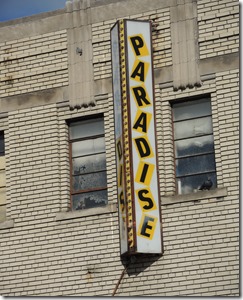
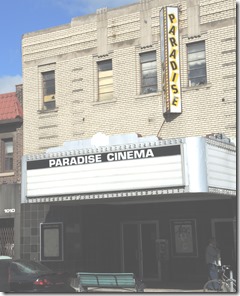
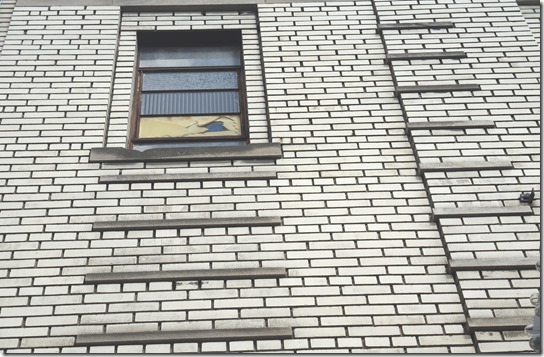
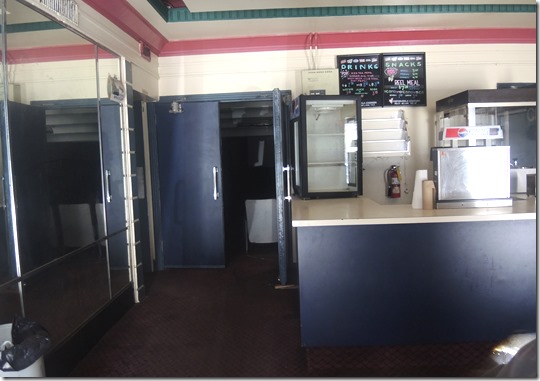
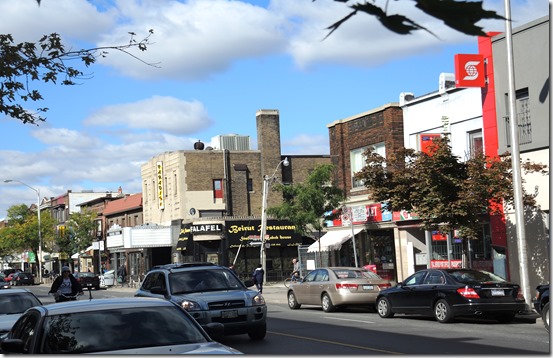
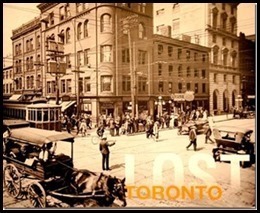
![cid_E474E4F9-11FC-42C9-AAAD-1B66D852[1] cid_E474E4F9-11FC-42C9-AAAD-1B66D852[1]](https://tayloronhistory.com/wp-content/uploads/2019/12/cid_e474e4f9-11fc-42c9-aaad-1b66d8521_thumb.jpg)
![image_thumb6_thumb_thumb_thumb_thumb[2] image_thumb6_thumb_thumb_thumb_thumb[2]](https://tayloronhistory.com/wp-content/uploads/2019/12/image_thumb6_thumb_thumb_thumb_thumb2_thumb.png)


